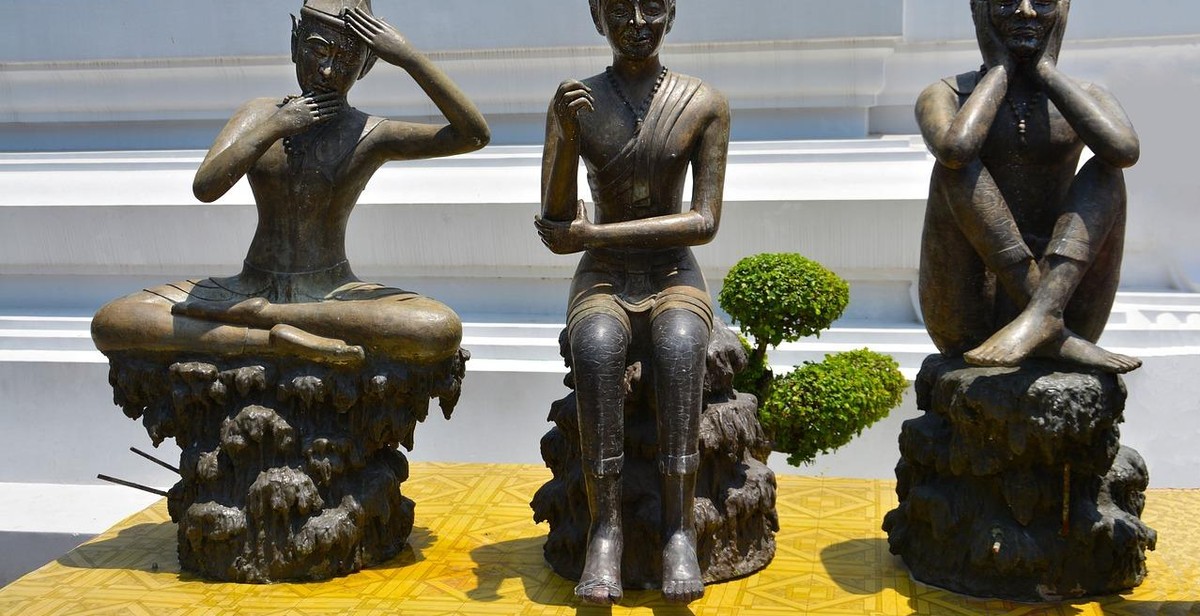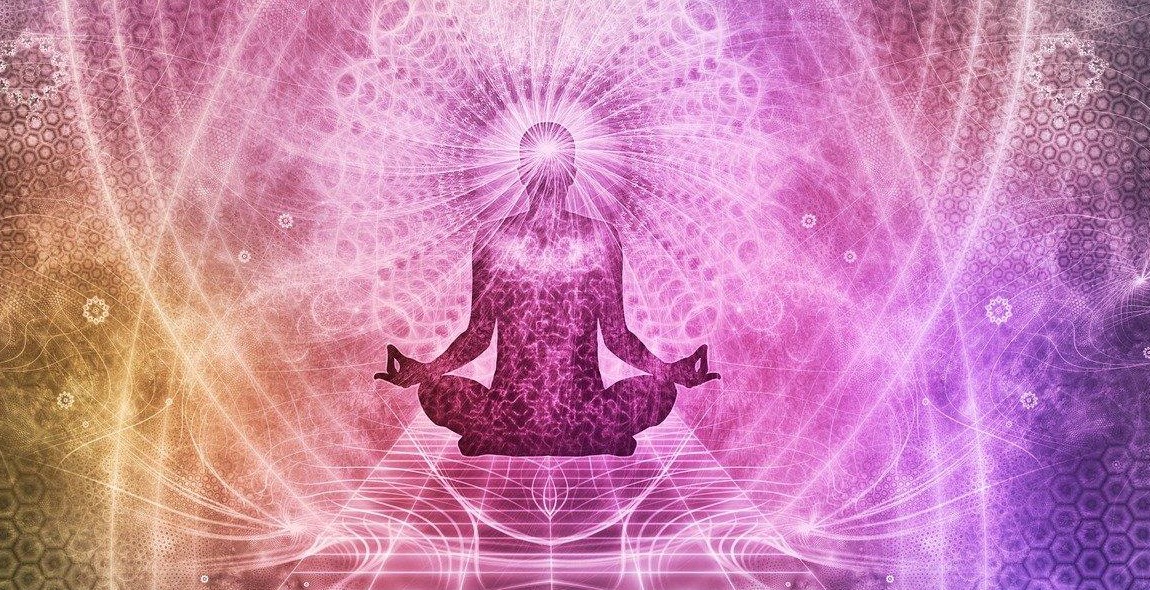How to Do Mindfulness Meditation: Techniques for Relaxation and Mental Clarity
Mindfulness meditation is a powerful tool for relaxation and mental clarity. It can help you reduce stress, improve focus, and increase overall well-being. But if you’re new to meditation, it can be difficult to know where to start. In this article, I’ll share with you some techniques for practicing mindfulness meditation that you can start using today.
What is Mindfulness Meditation?
Mindfulness meditation is a form of meditation that involves paying attention to the present moment, without judgment. It’s about being fully present and aware of your thoughts, feelings, and surroundings. By practicing mindfulness meditation, you can learn to be more aware of your thoughts and emotions, and to respond to them in a more constructive way.
Techniques for Mindfulness Meditation
There are many different techniques for practicing mindfulness meditation. Some people prefer to focus on their breath, while others use a mantra or visualization. Whatever technique you choose, the key is to be consistent and to practice regularly.
- Focus on your breath
- Use a mantra
- Visualize a peaceful scene
- Pay attention to your thoughts and emotions
By practicing these techniques regularly, you can learn to be more mindful and present in your daily life. With time and practice, you’ll find that mindfulness meditation can help you reduce stress, improve your mental clarity, and increase your overall well-being.
What is Mindfulness Meditation?
Mindfulness meditation is a type of meditation that involves focusing your attention on the present moment. It is a practice that helps you cultivate a state of calm, clarity, and non-judgmental awareness. Mindfulness meditation is a technique that has been used for thousands of years in various cultures and religions, but it has gained popularity in recent years due to its proven benefits for mental health.
Definition of Mindfulness Meditation
Mindfulness meditation involves paying attention to your thoughts, feelings, and physical sensations without judgment. It requires you to be fully present in the moment and to observe your experiences with curiosity and acceptance. The goal of mindfulness meditation is to develop a greater awareness of your internal and external experiences, which can help you manage stress, reduce anxiety, and improve your overall well-being.
Benefits of Mindfulness Meditation
Research has shown that mindfulness meditation can have a significant impact on mental health. Some of the benefits of mindfulness meditation include:
- Reduced stress and anxiety
- Improved focus and concentration
- Increased self-awareness
- Better sleep
- Enhanced emotional regulation
- Lowered blood pressure
- Reduced symptoms of depression
Mindfulness meditation can also help you develop a more positive outlook on life and improve your relationships with others. With regular practice, mindfulness meditation can become a valuable tool for managing stress and promoting mental and physical well-being.
How to Prepare for Mindfulness Meditation
Mindfulness meditation is a practice that requires focus and concentration. To get the most out of your meditation session, it is important to prepare yourself beforehand. Here are some tips to help you prepare for mindfulness meditation:
Choose a Quiet Location
Find a quiet place where you can meditate without any distractions. This could be a room in your home, a park, or any other quiet location. Make sure that the location is free from any noise or disturbance that may break your concentration.
Wear Comfortable Clothes
Wear comfortable clothes that do not restrict your movement or cause any discomfort. Loose-fitting clothes are ideal for meditation as they allow you to move freely and breathe deeply.
Sit Comfortably
Choose a comfortable sitting position that allows you to sit for an extended period without any discomfort. You could sit cross-legged on a cushion or use a chair if that is more comfortable for you. Make sure that your back is straight and your shoulders are relaxed.
Set a Timer
It is important to set a timer before you start meditating. This will help you stay focused on your meditation without worrying about the time. Start with a shorter duration, say 5-10 minutes, and gradually increase the duration as you become more comfortable with the practice.
By following these tips, you can prepare yourself for a successful mindfulness meditation session. Remember to be patient and persistent, and with regular practice, you will experience the benefits of mindfulness meditation.

Techniques for Mindfulness Meditation
Mindfulness meditation is all about being present in the moment and observing your thoughts and emotions without judgment. There are several techniques you can use to achieve mindfulness, including:
1. Focus on Your Breath
One of the simplest and most effective techniques for mindfulness meditation is to focus on your breath. Find a quiet place to sit comfortably and take a few deep breaths. Then, close your eyes and breathe naturally, focusing your attention on the sensation of the breath as it enters and leaves your body. If your mind wanders, simply bring your attention back to your breath.
2. Body Scan Meditation
Body scan meditation involves focusing your attention on different parts of your body, from your toes to the top of your head. As you focus on each part, notice any sensations or feelings without judgment. This technique can help you become more aware of your body and any areas of tension or discomfort.
3. Loving-Kindness Meditation
Loving-kindness meditation involves focusing on sending love and compassion to yourself and others. Start by picturing someone you love and sending them positive thoughts and feelings. Then, move on to someone you feel neutral towards, and finally, someone you have difficulty with. This technique can help cultivate feelings of empathy and kindness towards yourself and others.
4. Visualization Meditation
Visualization meditation involves creating a mental image of a peaceful place or situation. This can be a beach, a forest, or any place where you feel calm and relaxed. As you visualize this place, focus on the details and imagine yourself there, feeling the peace and tranquility.
Overall, there are many techniques you can use to achieve mindfulness through meditation. Try experimenting with different techniques to find what works best for you.
Tips for Mindfulness Meditation
Mindfulness meditation is a powerful tool for relaxation and mental clarity. However, it can be challenging to get started and stay consistent with your practice. Here are some tips to help you get the most out of your mindfulness meditation practice:
Start Small
When starting your mindfulness meditation practice, it’s important to start small. Begin with just a few minutes a day and gradually increase your time as you become more comfortable with the practice. Starting small can help you build the habit of mindfulness meditation without feeling overwhelmed or discouraged.
Be Consistent
Consistency is key when it comes to mindfulness meditation. Try to set aside the same time each day to practice, whether it’s first thing in the morning or before bed at night. By making mindfulness meditation a consistent part of your routine, it will become easier to stick with over time.
Focus on the Present Moment
One of the main goals of mindfulness meditation is to focus on the present moment. When you meditate, try to let go of thoughts about the past or future and instead focus on the sensations of your body and breath in the present moment. This can help you feel more grounded and centered in your daily life.
Don’t Judge Yourself
It’s important to approach mindfulness meditation with a non-judgmental attitude. When you meditate, you may find that your mind wanders or that you become distracted. Instead of getting frustrated or judging yourself, simply acknowledge the distraction and gently bring your attention back to your breath. Remember that mindfulness meditation is a practice, and it’s natural to have ups and downs along the way.
- Start small and gradually increase your practice time
- Be consistent with your practice
- Focus on the present moment
- Approach your practice with a non-judgmental attitude
By following these tips, you can develop a strong mindfulness meditation practice that brings relaxation and mental clarity to your daily life.

Conclusion
Mindfulness meditation is a powerful tool for achieving relaxation and mental clarity. By focusing your attention on the present moment, you can reduce stress and anxiety, improve your mood, and enhance your overall well-being. Whether you’re new to meditation or have been practicing for years, there are a variety of techniques that you can use to deepen your practice and achieve greater mindfulness.
Summary of Techniques
In this article, we’ve covered a range of mindfulness meditation techniques, including:
- Body Scan Meditation
- Breath Awareness Meditation
- Loving-Kindness Meditation
- Walking Meditation
- Mantra Meditation
- Visualization Meditation
Each of these techniques offers a unique way to cultivate mindfulness and achieve a greater sense of calm and clarity. By experimenting with different techniques, you can find the approach that works best for you and incorporate it into your daily routine.
The Benefits of Mindfulness Meditation
In addition to the specific techniques, we’ve also discussed the many benefits of mindfulness meditation, including:
- Reduced stress and anxiety
- Better sleep
- Improved focus and concentration
- Enhanced mood
- Greater self-awareness
- Increased compassion and empathy
These benefits make mindfulness meditation a valuable practice for anyone looking to improve their mental and emotional well-being.
Getting Started
If you’re new to mindfulness meditation, it’s important to start slowly and build up your practice over time. Try meditating for just a few minutes each day and gradually increase the duration as you become more comfortable. Remember to be patient with yourself and don’t get discouraged if your mind wanders during meditation. This is a normal part of the process, and with practice, you’ll find it easier to maintain your focus.
With dedication and consistency, mindfulness meditation can become a powerful tool for achieving greater peace, calm, and clarity in your life.
